
The Future of Accessibility for TV
| Reuben Howe
In a recent issue of the official DVB Scene magazine, many initiatives currently in development were shared. While some are based around TV quality (Like Ultra High Definition), some are based around TV delivery (DVB-I and IPTV) and others are around the corporate implementation (Such as targeted ads and monetisation).
Underneath all that, there's an idea that might reshape how accessible and customisable Live TV is, even when received through an EPG and your TV rather than on-demand.
The answer is Object Based Media
What is "Object Based Media"?
Currently, DVB TV is broadcast as one whole piece of film. What I mean by that is a show is pre-recorded, mixed, saved as one file, and then played over the air for viewers.
Subtitles and Audio Description
The only exceptions are the subtitle and audio description options. One person can have the subtitles off and another can have them on, but the broadcast is the same for both.
This is the extent of the current use of "Objects", where the core broadcast is one, and the subtitles are another.
Object Based Media allows different viewers to experience the same content but in different ways, with additional or fewer "objects" selected, such as in the current example of subtitles.
What if Broadcasts Used More Objects?
A current BBC broadcast uses 3 objects. The show being played, the subtitles, and the audio description service. The show being played is always on, and is pre-made and pre-mixed, while the other 2 objects are optional.
But, what if we broke the show being played down further?
What if, instead of being sent a complete, pre-mixed package, users could manipulate objects themselves.
Video Objects
You're watching the BBC news, and the newsreader is sitting at the desk in the foreground, with a small screen behind them showing footage of the current story.
If the footage on that screen, and the recording of the newscaster, were sent as different "objects", then users could willingly choose to enlarge or switch modes freely, Live.
Audio Objects
Alternatively, the audio for the dialogue in a drama show could be sent as a different "object" to the audio for the music. This would mean you could balance the audio to suit your hearing at home.
Currently, we can make the volume go up or down, but it affects all sounds.
Object Based Media would allow us to change the volume of specific sounds.
These are just two examples, the possibilities are endless.
How Does Object Based Media Work?
The idea is still in development with key work being done to make splitting a show into these "objects" easier. Enforcing production teams on shows to create copies of all of these elements for broadcast is cumbersome, so another solution is being explored.
The key method is using AI to analyse audio and video to separate different classes of these into "Objects". This would allow production teams to make the show how they always do, and then the AI runs in afterwards and chops it up into manageable pieces for us at home.
How Objects Help Accessibility
By making audio balance something we have direct control over, we can account for auditory issues in individuals.
Rather than having to have the TV on 100 and all the sounds being deafening, we can lower all the background sounds and raise the voice sounds. This will allow those hard of hearing or with auditory concentration issues to still discern dialogue from background music when watching TV, even with the volume lower.
We could also have video elements to change, such as close-up footage, fixed image footage to counter motion sickness or epilepsy, low-flicker modes to counter epilepsy and more.
Additional modes like subtitles, audio description and on-screen signing could be easily integrated using object based media, without needing dedicated channels with signage.
Finally, we could even account for content and trigger warning by having triggering content sent as a different object. Before a show begins you could opt-in to seeing all content including depictions of suicide, self harm, drug use etc. The same is true for phobias such as arachnophobia, where nature documentaries could send spider footage as a different object.
A Fast-Evolving Future for Television
So many new developments are underway for TV across the world. From IPTV in Italy to UHD coverage of the Olympics in France, and of course "Freely" in the UK. Initiatives like Object Based Media are going to make Live TV something to rival the streaming services and subscriptions of the modern day.

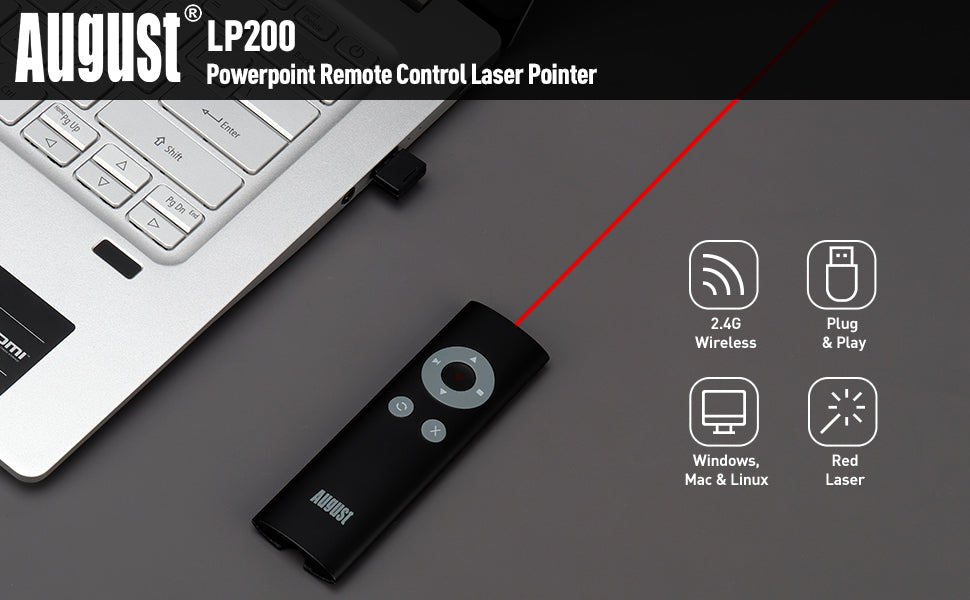
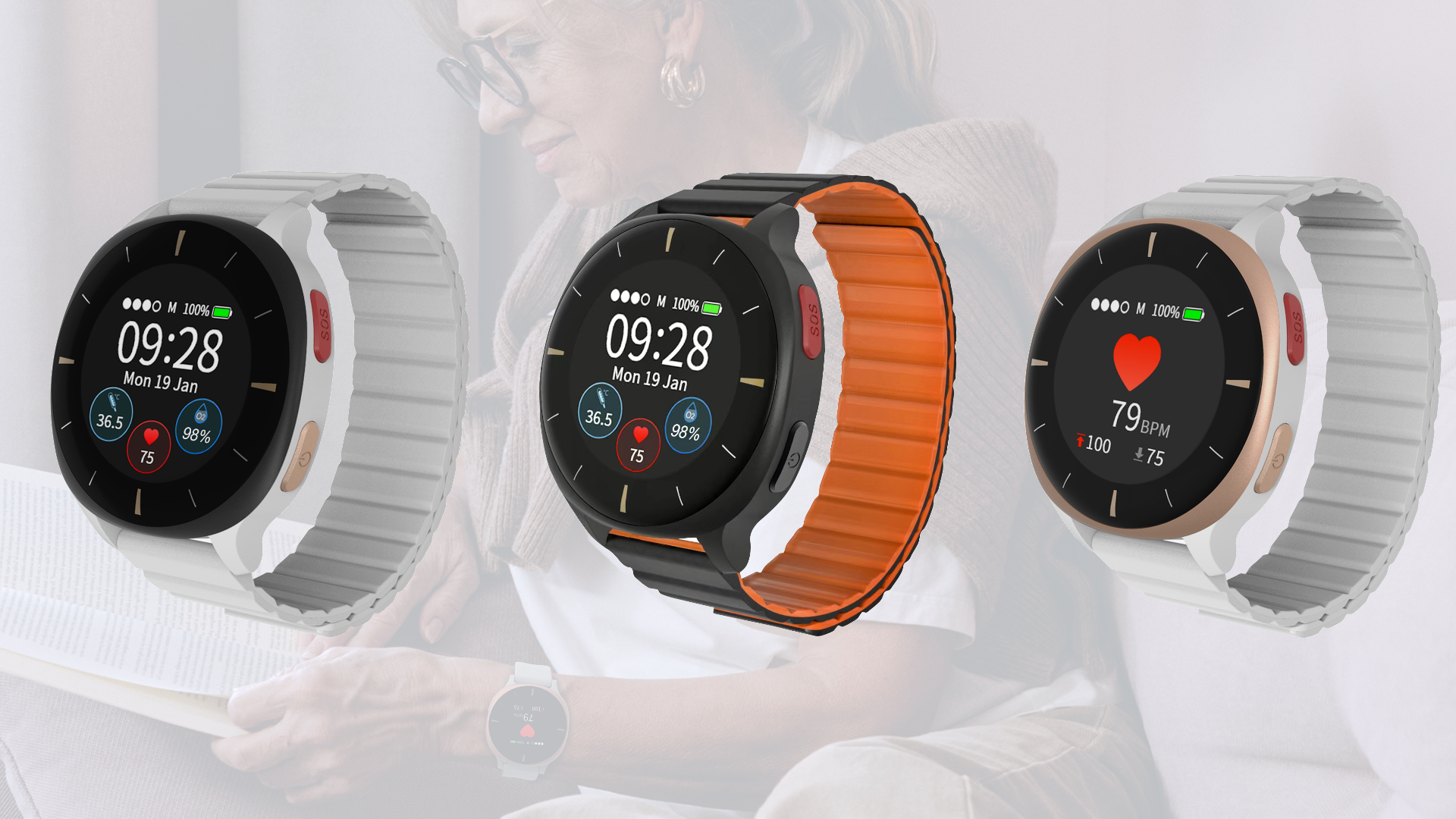









































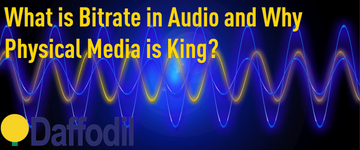

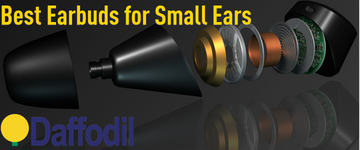
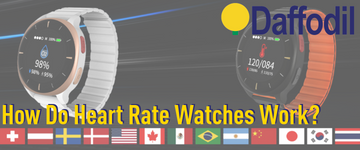
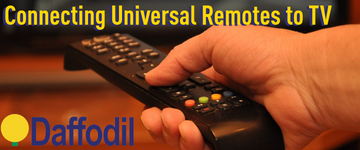
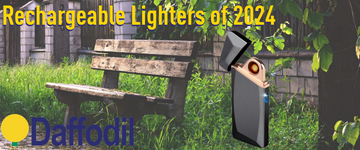
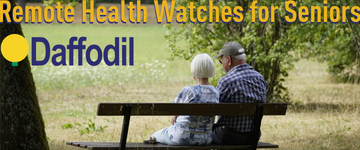


Leave a comment
Your email address will not be published.